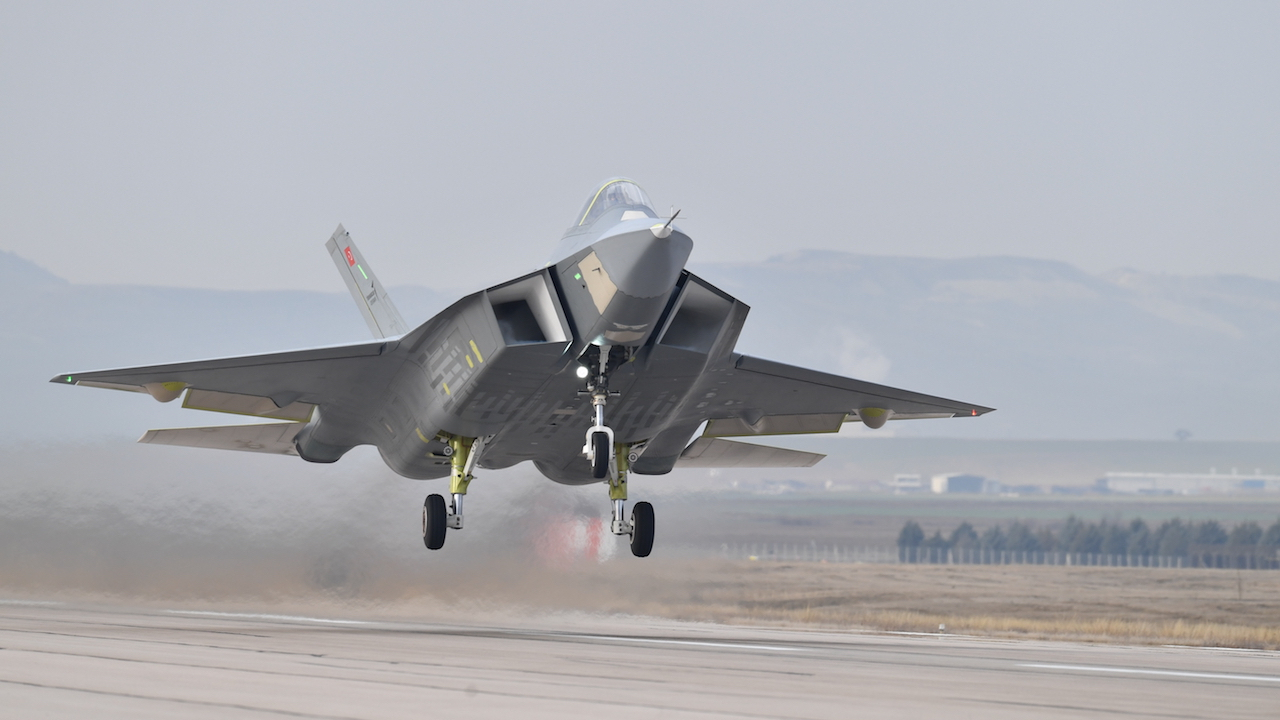Kurt the king of the Hornet
A former US Navy Boeing F/A-18 Hornet pilot, now flying with the Kuwait Air Force (KAF) recently passed a major flying milestone. Alan Warnes met him.

Kurt ‘Beavis’ McClung celebrated his 5,000th Hornet flying hours on March 6, 2024, with the Kuwait Air Force. Image: Kurt McClung
Kurt ‘Beavis’ McClung, a F/A-18C/D instructor pilot serving with the KAF, surpassed an incredible 5,000 flying hours, on March 5 this year.
“I flew the Hornet for the first time on April 5, 1996 and during my years serving the US Navy I deployed to the region flying F/A-18s on two aircraft carriers – the USS John F Kennedy (CV-67) and the USS Theodore Roosevelt (CVN-71).
“There were also four detachments to Afghanistan in the EA-6B Prowler electronic warfare aircraft,” he said.
So ‘Beavis’ was no stranger to the region when he joined the KAF in February 2017. Employed by Boeing to train Kuwaiti Hornet pilots, he said: “It’s similar to flying with the US Navy, the big exception of course is the day/night carrier qualifications that takes a significant investment in time and resources.
“Most of the pilots here in Kuwait speak excellent English, which is very important because the entire syllabus and the manuals/emergency procedures are in English.”
He teaches students the art of basic fight manoeuvring (BFM), which is essentially “one versus one” dogfighting.
“Sometimes it is scripted where one aircraft starts offensive or defensive with one aircraft behind the other. It includes ‘high aspect’ work which is when you get three-four nautical miles from each other and turn in with unknown speed. It is unscripted.
“I normally try to teach the students and point out mistakes they are making while fighting to help them out. Sometimes that’s difficult to do when pulling 7.5Gs!” he said.
‘Beavis’ does most of the training with the F/A-18 initial training squadron 61.
“We all work out of the same pool of aircraft so if someone comes back after a long time down, it is usually the KAF instructor pilots that get them current again.
“It’s true that the KAF’s F/A-18C/D Hornets are old (they were delivered between January 1992 and August 1993 in the wake of Gulf War I), but they are in excellent shape. The new F/A-18E/F Block 3 Super Hornets will arrive this summer.
“This will be a huge upgrade for the KAF with the new APG-79 (active electronically scanned array radar) and large area display, Link 16 etc.
“The older ones have been upgraded as we go, but the new ones will be really nice.”
On his future flying ‘Beavis’ said: “I’ll try to stay in tactical aircraft for as long as my body holds up and as long as my family allows. We just completed a month of BFM with the KAF and it definitely takes a toll on the body.
“I still love to do it every day and don’t see that changing anytime soon. It really is a dream job to be able to fly high-performance fighter aircraft as a civilian. I never take that for granted.”
Of his experiences in Kuwait, ‘Beavis’ who has flown a total of 7,000 hours in all aircraft, said: “I came to Kuwait to fly Hornets as a bit of a family adventure for a year, en-route to flying airliners.
“I enjoyed it so much that we stayed for 7½ years. We’ve had the chance to travel the region and the world as a family. I would not trade this experience for anything!
“My career has definitely been non-standard, but it’s been a blast. I can’t say I’ve seen it all, but I have seen most of it. Sometimes the students surprise you in good and, more often than not, bad ways too, but it’s all part of the job.”
‘Beavis’ is now set to take on another challenge, flying the mighty Boeing F-15QA Eagle II as a flight instructor for the Qatar Emir Air Force.
“It will be challenging to become a student again and learn a new aircraft. It is also very exciting as it is a very capable aircraft with amazing performance,” he said.
“That said, I will be sad to leave Kuwait and the Hornet.”
So a new set of challenges for this legend that he will surely succeed with.
Stay up to date
Subscribe to the free Times Aerospace newsletter and receive the latest content every week. We'll never share your email address.

